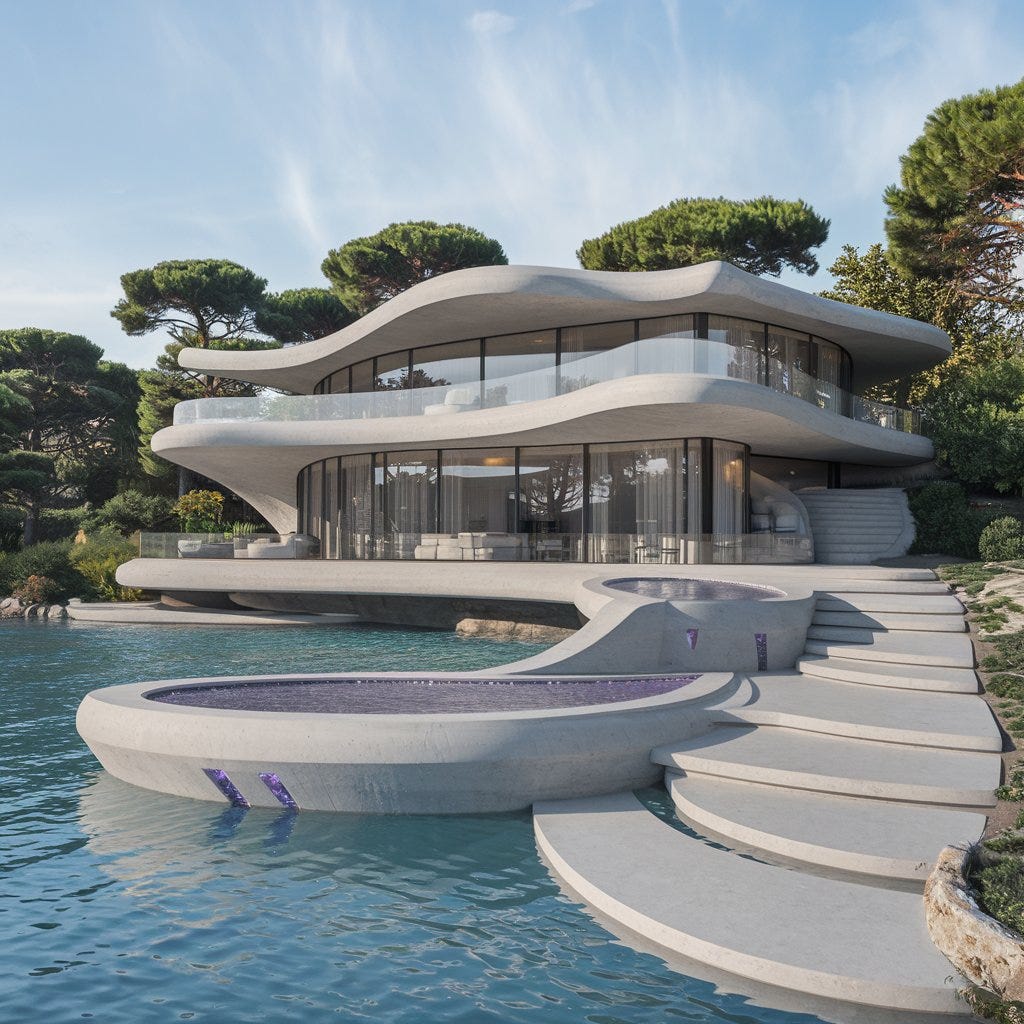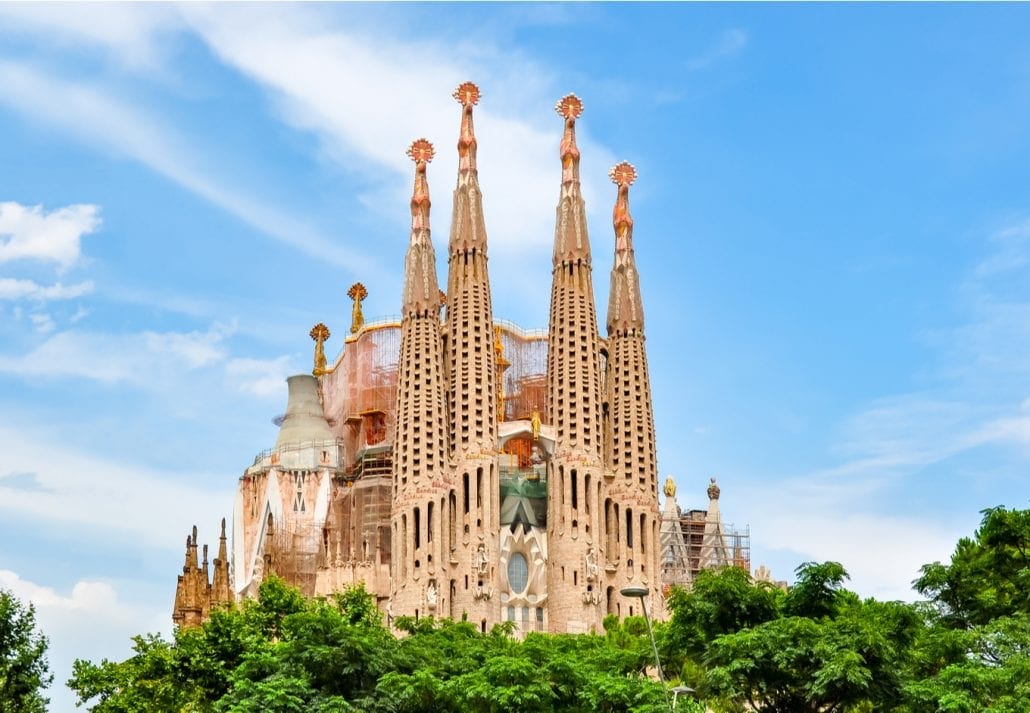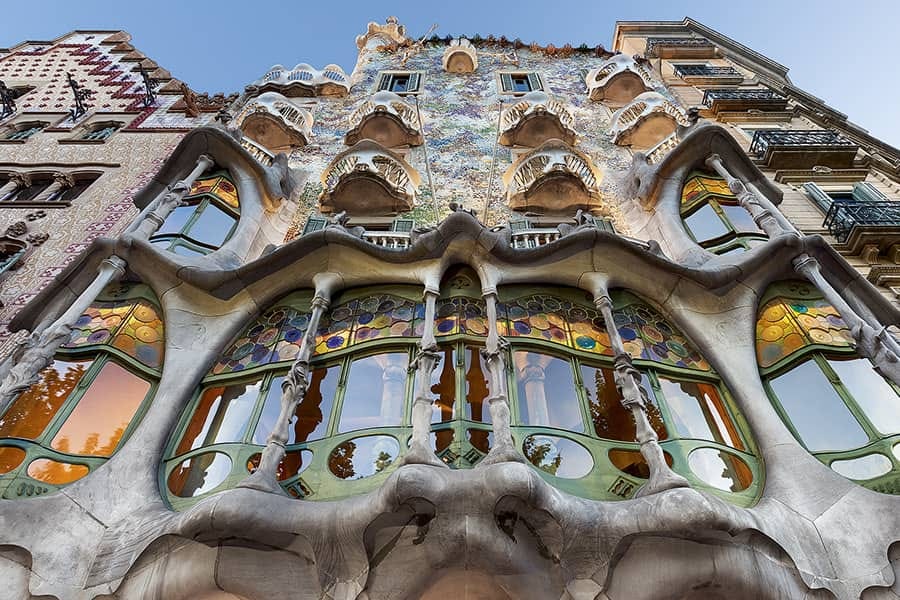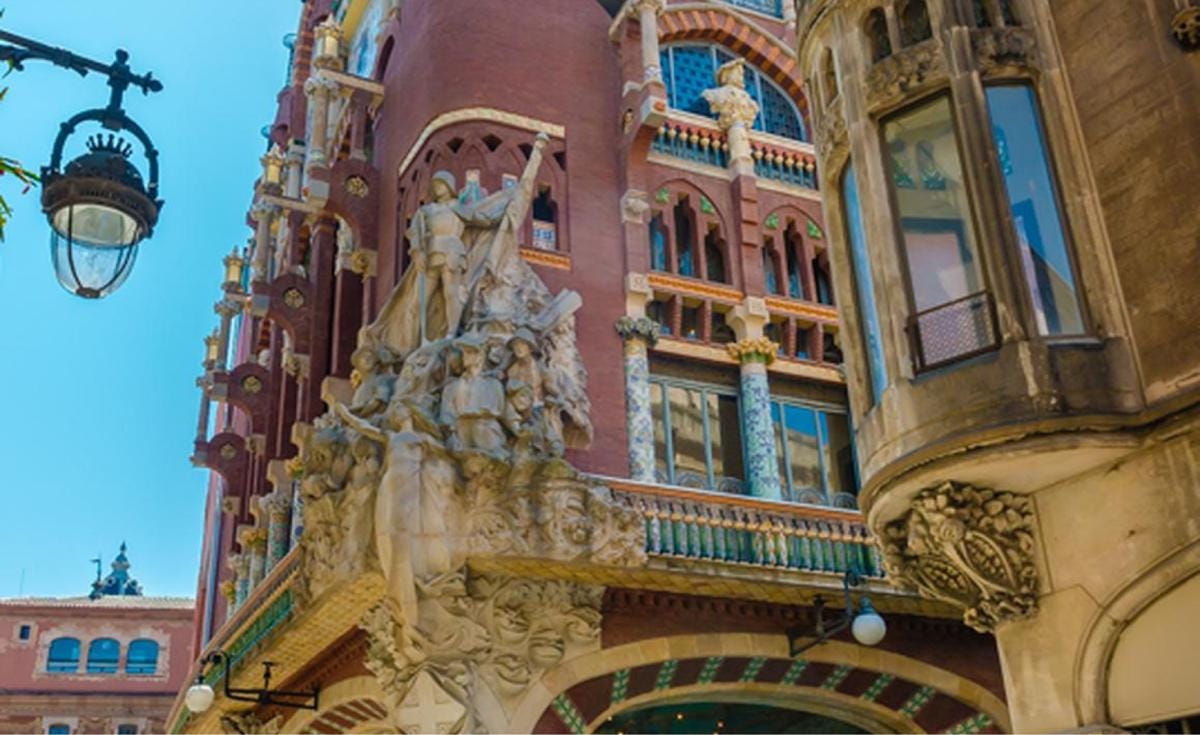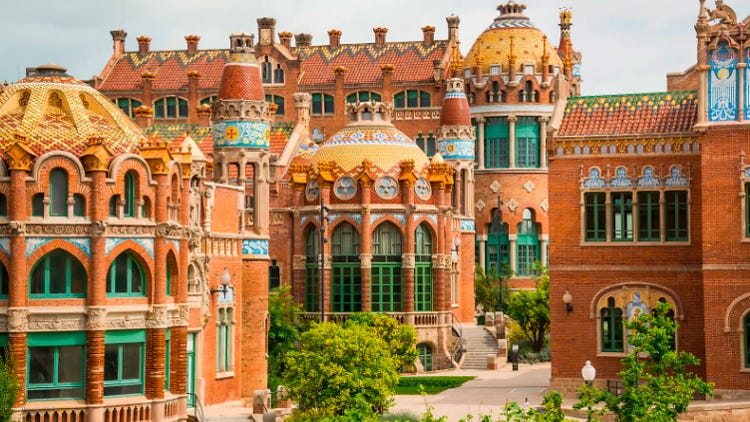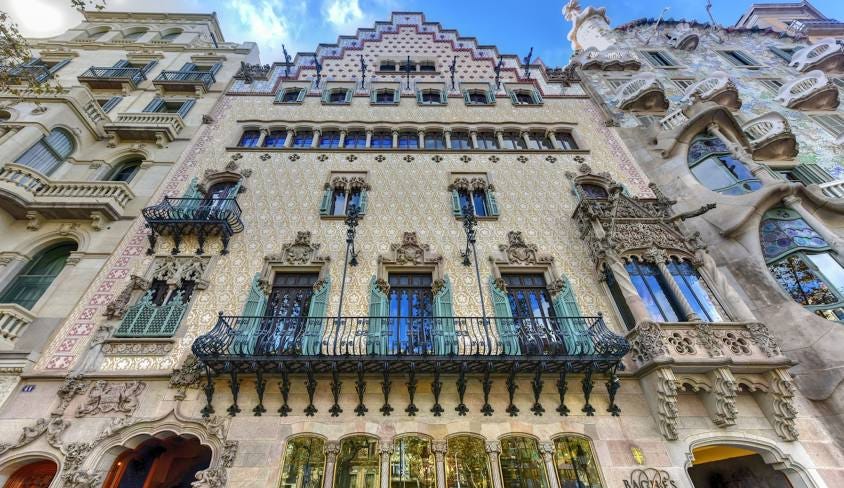Gaudí and the Gang: Catalan Modernisme’s Wild Architectural Ride
How Curves, Color, and Controversy Shaped Barcelona’s Most Iconic Movement
Catalan Modernisme: The Artful Rebellion of Architecture
Catalan Modernisme is one of the most visually striking and culturally significant architectural movements in European history. More than just an aesthetic style, it was a statement of identity, a celebration of artistry, and, at times, a reflection of deep societal contradictions. Emerging in late 19th-century Catalonia, this movement transformed Barcelona into a living museum of sculptural facades, intricate ironwork, and organic forms. However, beneath its breathtaking beauty lies a more complex story of political upheaval, labor exploitation, and ideological battles.
The Origins of Catalan Modernisme
Catalan Modernisme, or simply Modernisme, developed in the late 19th and early 20th centuries as part of a broader cultural renaissance known as the Renaixença. Catalonia, seeking to reassert its distinct cultural identity within Spain, found a powerful voice through architecture, literature, and the arts. Influenced by the Arts and Crafts movement, Art Nouveau, and Gothic Revival, Modernisme took on a uniquely Catalan character.
Its key features included:
Organic Forms – Inspired by nature, buildings featured fluid lines, floral motifs, and undulating facades.
Ornate Ironwork – Wrought iron balconies, gates, and staircases became intricate sculptural elements.
Ceramic and Mosaic Art – The use of trencadís (broken tile mosaics) created vibrant, textured surfaces.
Asymmetry and Dynamism – Unlike rigid classical styles, Modernisme embraced irregularity and movement.
Integration of Craftsmanship – Artisans played a vital role in executing the elaborate details of Modernisme buildings.
Notable Projects in Catalan Modernisme
La Sagrada Família (Antoni Gaudí, Barcelona)
Perhaps the most famous symbol of Modernisme, this unfinished basilica is a surreal blend of Gothic inspiration and organic, almost dreamlike forms. Gaudí’s masterpiece continues to evolve, with completion projected for 2026.
Casa Batlló (Antoni Gaudí, Barcelona)
Known as the “House of Bones,” this residential building features a dragon-scale roof, bone-like columns, and a flowing, underwater-inspired aesthetic. Its colorful trencadís façade makes it one of the most iconic Modernisme structures.
Palau de la Música Catalana (Lluís Domènech i Montaner, Barcelona)
A jewel of Catalan architecture, this concert hall is a riot of color, with stained-glass skylights, floral mosaics, and sculpted columns, celebrating music and artistic expression.
Hospital de Sant Pau (Lluís Domènech i Montaner, Barcelona)
A striking example of Modernisme’s integration with urban planning, this hospital complex features pavilions connected by underground tunnels, designed with both function and beauty in mind.
Casa Amatller (Josep Puig i Cadafalch, Barcelona)
A lesser-known gem, this house blends Gothic revival with Modernisme sensibilities, featuring stepped gables and an ornate ceramic façade.
The Dark Side of Catalan Modernisme
For all its beauty, Catalan Modernisme was not without its contradictions and conflicts:
Labor Exploitation – The elaborate designs required skilled artisans, but many workers were underpaid and endured harsh working conditions. The rise of Modernisme coincided with growing labor unrest in Barcelona’s industrial workforce.
Political Symbolism – While Modernisme was tied to Catalan identity, it was also embraced by the wealthy bourgeoisie, whose interests often clashed with the working class. The opulent buildings were sometimes seen as extravagant symbols of inequality.
Gaudí’s Obsession – Antoni Gaudí’s dedication to La Sagrada Família was so extreme that he lived in near-poverty in its workshop, neglecting personal hygiene and health. His tragic death in 1926 (after being hit by a tram) led to a chaotic halt in the basilica’s construction.
Suppression Under Franco – During Francisco Franco’s dictatorship (1939–1975), Catalan culture, including its architectural heritage, was repressed. Many Modernisme buildings fell into neglect, and Catalan identity was systematically eroded.
Fun Facts About Catalan Modernisme
Gaudí’s No Straight Lines Philosophy – Gaudí famously avoided straight lines, believing they did not exist in nature. Even the columns inside La Sagrada Família resemble tree trunks!
Trencadís Innovation – The colorful mosaic technique of broken tiles was an economical way to reuse discarded ceramics while creating stunning visual effects.
Dragon Symbolism – Many Modernisme buildings, especially those by Gaudí, feature dragons as references to Catalonia’s patron saint, Sant Jordi.
First Underground Parking Garage? – Casa Milà (La Pedrera) was one of the first buildings in the world designed with an underground parking garage, showcasing Gaudí’s forward-thinking approach.
Barcelona’s “Block of Discord” – Passeig de Gràcia hosts three wildly different Modernisme buildings (Casa Batlló, Casa Amatller, and Casa Lleó Morera), each competing for the most extravagant design.
The Legacy and Modern Relevance of Catalan Modernisme
Today, Catalan Modernisme is more than an architectural movement—it is a cultural identity. Tourists flock to Barcelona to marvel at its stunning buildings, while architects continue to draw inspiration from its organic forms and integration of art and design.
UNESCO Recognition – Several Modernisme sites, including Park Güell and Palau de la Música Catalana, are UNESCO World Heritage sites, preserving their legacy for future generations.
Sustainable Inspiration – The movement’s emphasis on craftsmanship and natural forms resonates with contemporary sustainable architecture.
Cultural Revival – As Catalonia continues to assert its cultural autonomy, Modernisme remains a powerful symbol of its artistic and national pride.
Conclusion
Catalan Modernisme is a testament to the power of architecture as both art and ideology. It transformed Barcelona into a masterpiece of design, yet it also reflected the social struggles and political tensions of its time. As we admire the flowing curves of Gaudí’s buildings or the vibrant mosaics of Domènech i Montaner’s concert halls, we are not just looking at structures—we are witnessing the expression of a people, a movement, and an era that dared to dream beyond the straight line.





